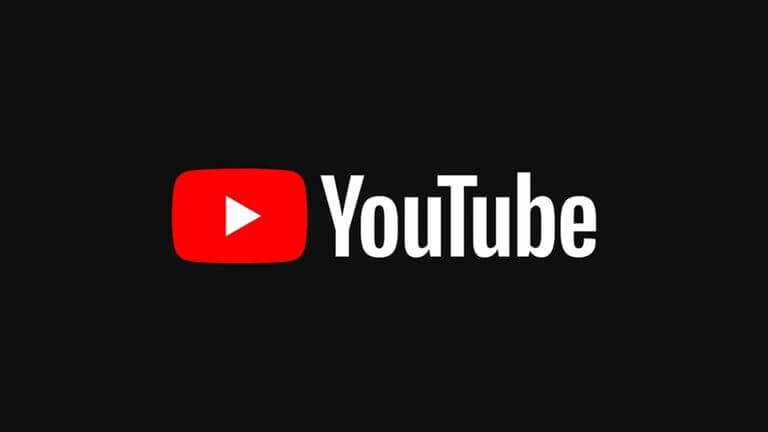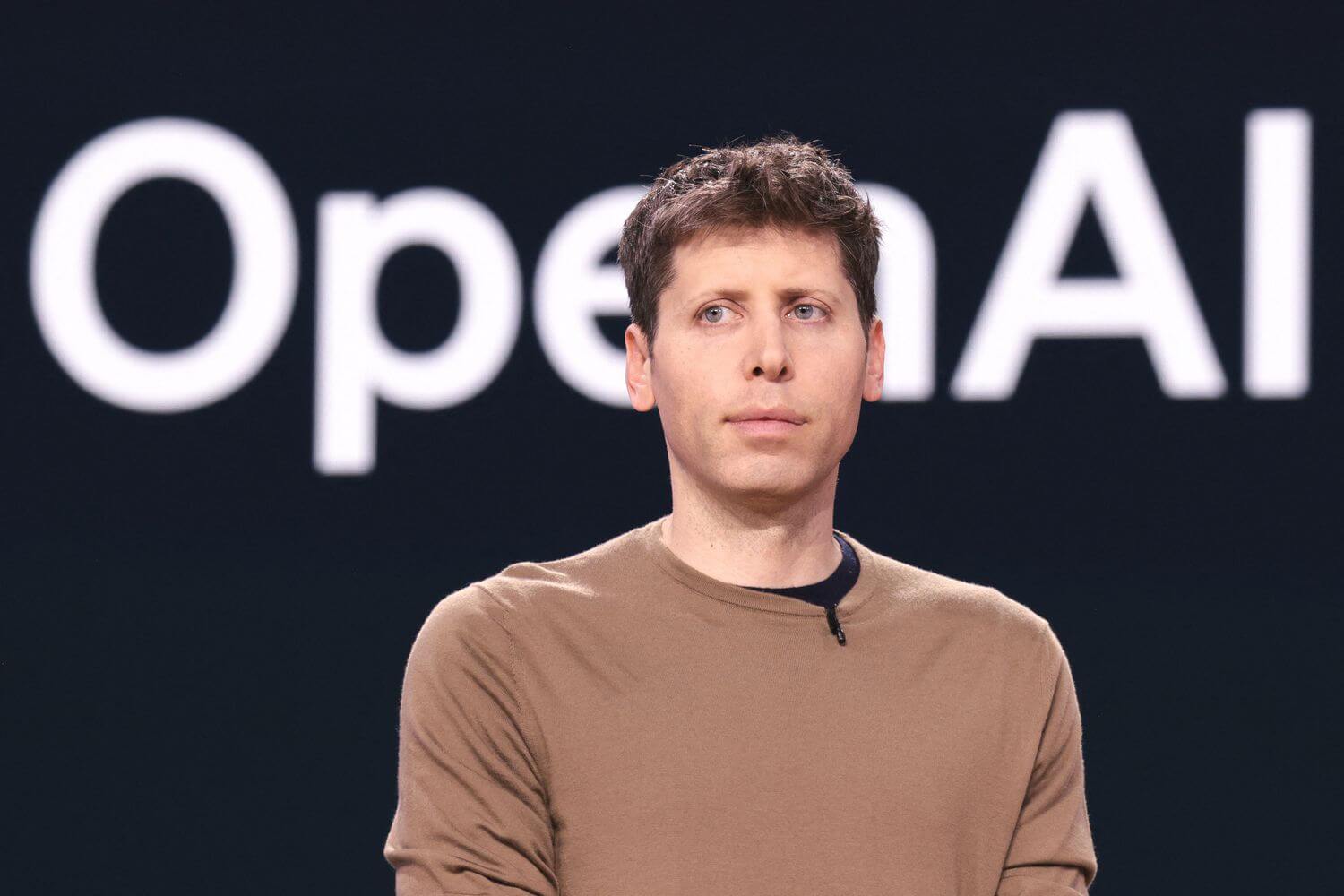YouTube's recent implementation of an AI-powered age estimation system in the United States has triggered a wave of controversy, sparking intense debate about privacy, data security, and the potential for misidentification. The system, which began rolling out on August 13, 2025, aims to protect minors by using artificial intelligence to analyze users' viewing habits, search terms, and account history to determine their age, regardless of the age provided during account creation.
The core of the controversy lies in the methods employed by the AI and the consequences users face if flagged as potentially underage. Individuals identified as under 18 will have restricted access to certain content, experience limited personalized advertising, and have "wellbeing features" like break reminders automatically enabled. Access can only be fully restored by submitting a government-issued ID, credit card information, or a selfie video.
These requirements have ignited privacy concerns, with critics labeling the process "creepy" and warning of potential data vulnerability. The long-term storage and potential uses of this sensitive data remain unclear, fueling skepticism among users. Some experts fear that mandating IDs for platform access could set a dangerous precedent, normalizing excessive data collection.
A Change.org petition protesting the AI system has garnered significant traction, amassing over 72,000 signatures. The petition argues that the AI disproportionately impacts legitimate adult users, particularly those with niche interests or hobbies perceived as "childish". There are concerns adults could be incorrectly classified as underage, compelling them to share sensitive identification details in order to retain unrestricted access. Some detractors argue the approach amounts to large-scale monitoring.
The accuracy of AI in estimating age has also been called into question. Studies suggest that AI can reproduce and even exaggerate human biases in facial age perception. For instance, AI tends to overestimate the age of people with smiling faces and shows decreased accuracy for older adults. While AI can estimate age with surprising accuracy, combining different checks and data points is more accurate than relying solely on facial recognition.
Despite the backlash, YouTube maintains that the AI is crucial for safeguarding users and ensuring a safe online experience. They state that the ID data will not be used for advertising purposes. However, the platform has yet to offer alternative verification methods for users flagged by the AI, leaving many feeling that their only options are to submit sensitive documents or accept a restricted viewing experience.
In response to the policy, some users are canceling their YouTube Premium subscriptions as a form of financial protest, while others are switching to ad-blocking browsers to deprive YouTube of ad revenue. It remains to be seen whether these protests will prompt YouTube to reconsider its approach or if the AI-powered age verification system is here to stay.
The controversy surrounding YouTube's AI age estimation highlights the ongoing challenges of balancing online safety with user privacy and freedom. As AI technology becomes increasingly integrated into online platforms, it is crucial to address concerns about data collection, accuracy, and potential biases to ensure a fair and secure experience for all users.















